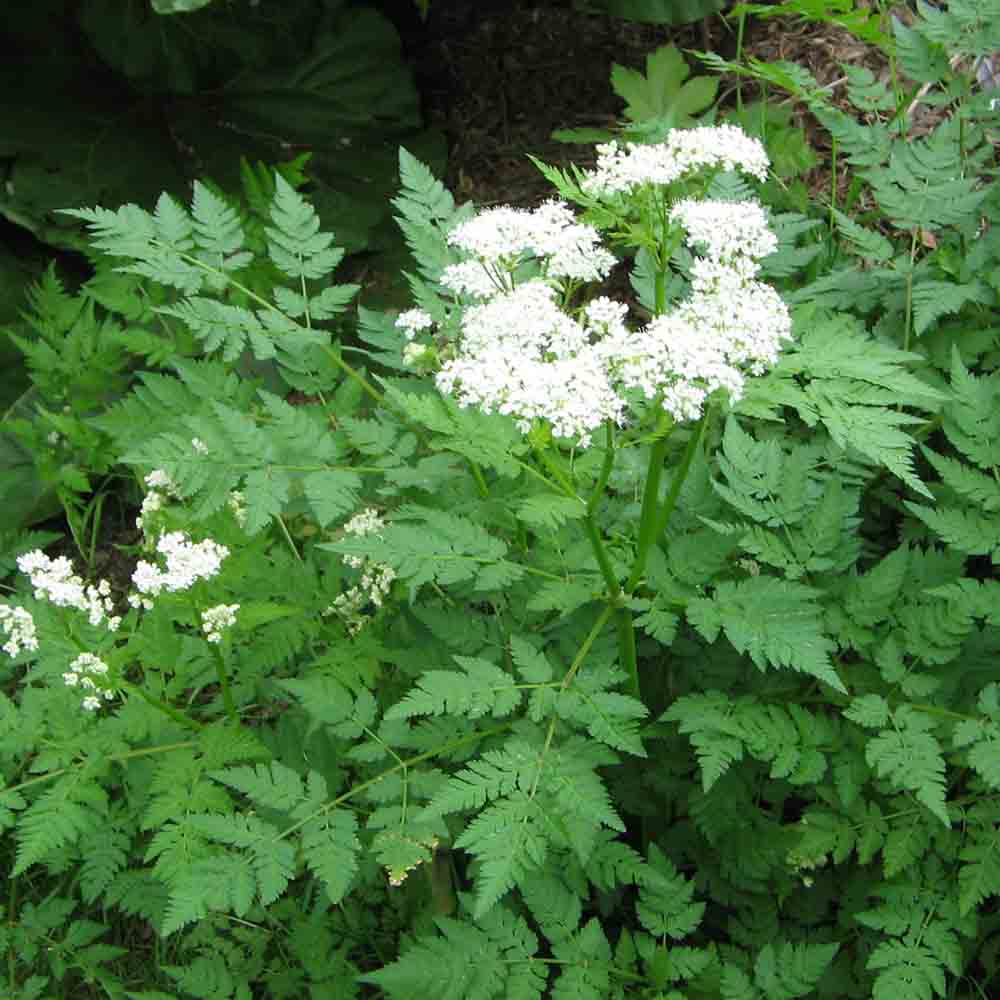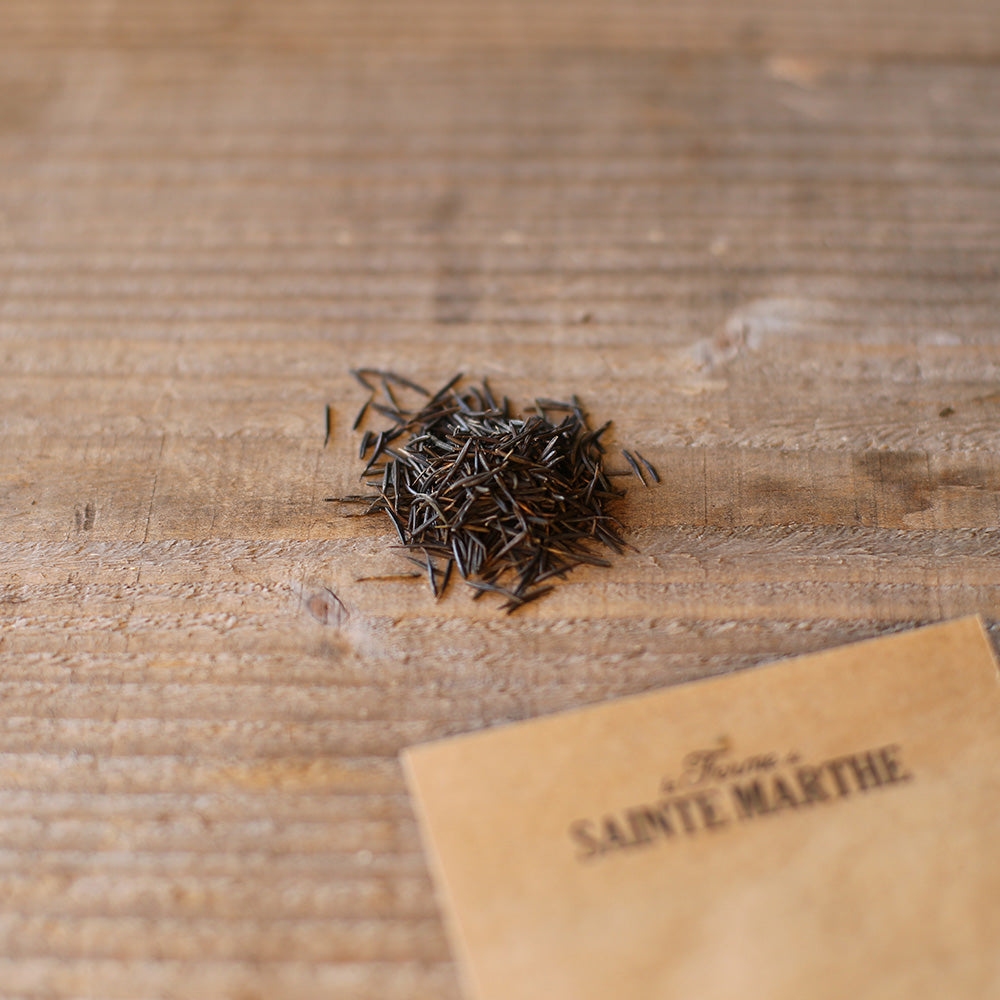MUSK CHERVIL OR PERPETUAL AB
Myrrhis odorata
Musk chervil is a perennial, aromatic and medicinal plant that was very well known in the late Middle Ages and deserves to be rediscovered. In the wild, it is often found in meadows or open woods in the mountains.
Useful in the vegetable garden , the flowers of the perpetual chervil are melliferous and will attract pollinating insects from the beginning of spring. The musk chervil is a generous plant that self-sows spontaneously once established.
Its leaves and seeds , with a slightly more aniseed and sweet taste than common chervil , can be used as a condiment . The still-green seeds can flavor fruit salads and liqueurs . The roots are eaten like parsnips .
Plant with anti-inflammatory , digestive , purgative and aperitif properties.
How to successfully sow musk chervil
Sow in autumn , preferably in September , or divide the clumps in spring to help them multiply. Mark your sowing location carefully, as germination is very slow: sow in autumn for spring germination.
Sow in well-prepared soil or in a potting soil and sand mixture, cover the seeds very lightly with this mixture, water and keep moist. Gently repot the young plants when they are at the 4-leaf stage.
Planting musk chervil
Musk chervil prefers fresh, rich soil and preferably a shady spot. When planting it in the garden, allow a space of about 60 cm in all directions. You can add a little compost to the planting hole.
Remains in place for 5 to 6 years, wait at least 4 years before growing it again in this location.
In May , mulch the chervil plants. You can cut the flower stems to make the leaves more tender.
In the fall , just before the frost, cut the leaves back to ground level.
It will not be susceptible to disease, but may be susceptible to slugs .
Harvesting musk chervil
The first harvest will take place 1 year after sowing , then throughout the growing season, from March to the first frosts. Cut the flower stems to have more leaves .









